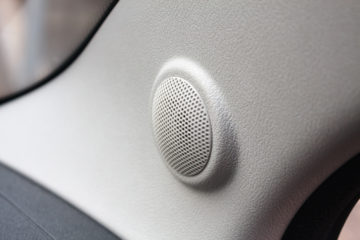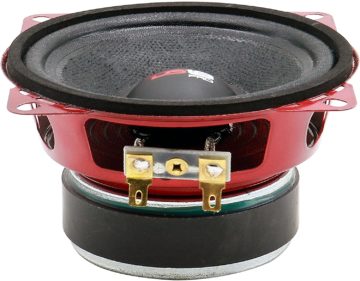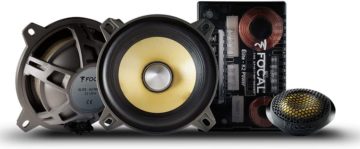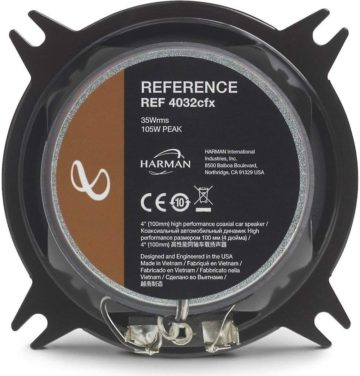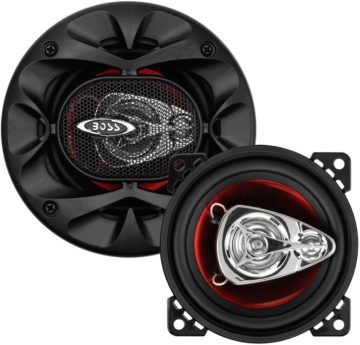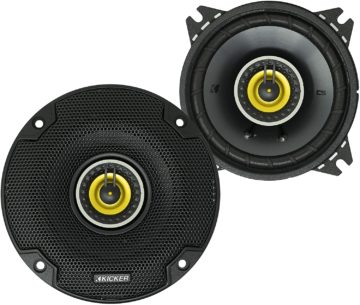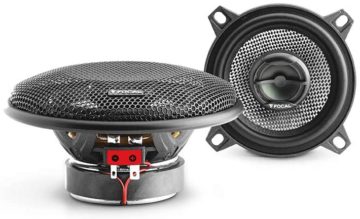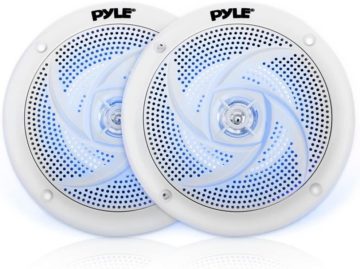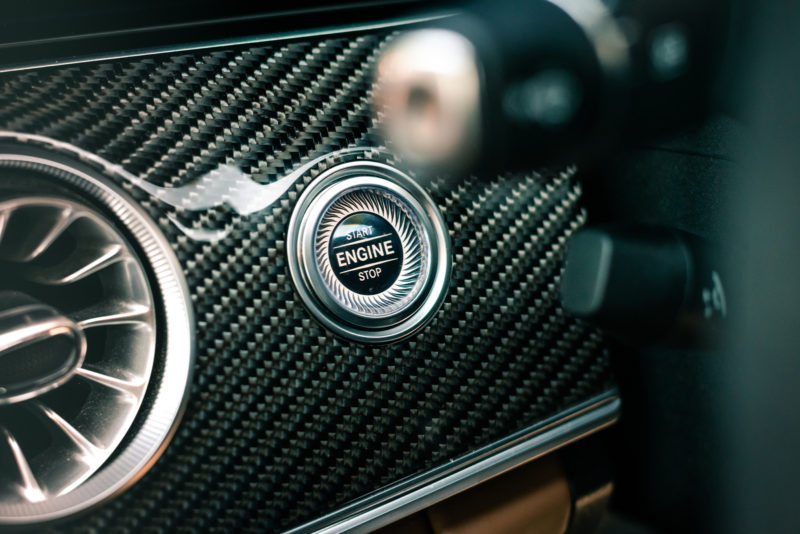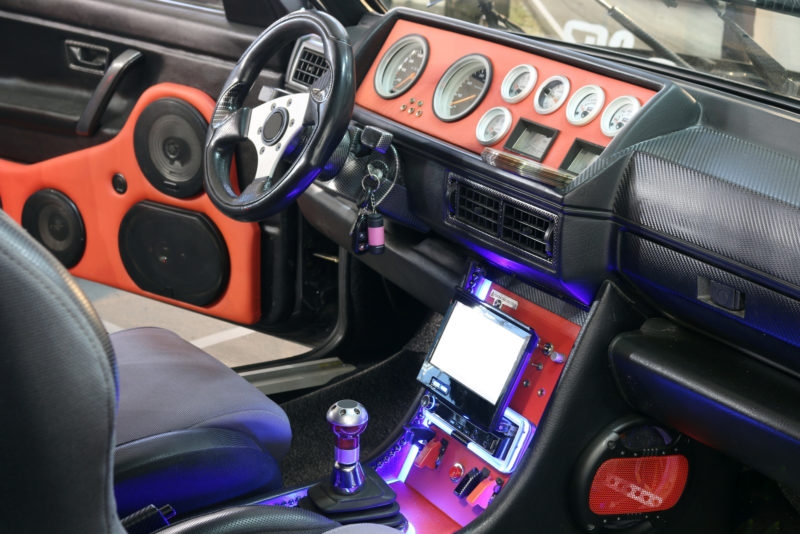These midrange car speakers do it all. With excellent power handling capabilities and a high-quality top to bottom build that can handle the high volumes you can throw at it, they should be first and last on your list of new speakers to buy.
Best Electronic Drum Headphones
Unveiling the top electronic drum headphones - from budget finds to premium sound quality. Elevate your drumming experience now!
